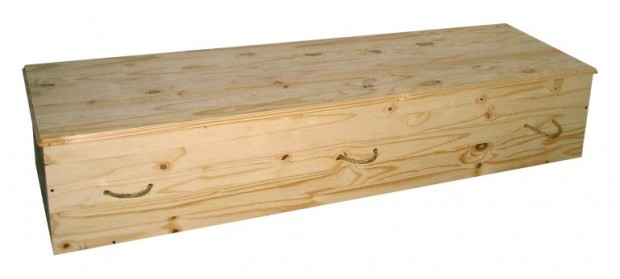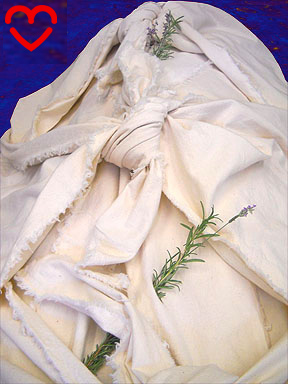It has been an insightful and fulfilling few weeks working in the Jewish Cemetery. Having never worked in the field or done any archival work, I really didn’t know what to expect from this project or what I might learn. I’ve taken great interest in learning more about Judaism and some of the practices regarding burial. Before taking this course, I really only knew a bit about some of the Hanukkah traditions, but after our trip to the synagogue and our chat with Rabbi Brechner, I now have a better understanding about the faith, the local congregation and Jewish burial practices.
I was so intrigued to hear about the importance of “returning to the earth” in Jewish burials. Perhaps this speaks to my nature-loving, West Coast worldview, but I just find the whole ritual effective and symbolically moving. It’s an ancient tradition, not just a ‘green’ fad, and the reasons behind the tradition tell meaningful stories about some of the fundamental values of Judaism. It’s such a simple concept – when we are put back in to the Earth, our bodies, and everything that goes with it (casket, clothing, etc.) must be able to break down fully. This means no metal handles or adornments on the casket (called an Aron) and generally a simple linen outfit called a tachrichim. Rabbi Brechner explained some of the background about the tachrichim.
Not only does the simple linen clothing reflect the importance of returning to the earth, but it also draws focus away from material possession and emphasizes the spirituality associated with burial ritual. Everyone, rich or poor, is buried in the same way, in the same clothing, as not to single anyone out as being without. Traditionally, the deceased member of the congregation is cared for by their Chevra Kadisha, the congregation’s burial society. Here in Victoria, the Emanu-el Congregation is fortunate to have an active Chevra Kadisha who look after the body, and traditionally cleanse and dress the individual in this important ritual called Tahara. Learning a bit about the traditions in Jewish burial has been very interesting to me. I appreciate the dedication to maintaining ancient traditions in our rapidly changing modern world. While this is certainly not meant to be a comprehensive study of Jewish burial practices, I hope it highlights some of the important features and how it relates to some core values in the Jewish faith.

An example of a traditional Aron, or casket http://static1.squarespace.com/static/50a55c6be4b00720f42c16a7/t/50c646a0e4b0dffdfe82cdae/1355171488534/simple-pine-casket.jpg
Thanks to Rabbi Brechner for hosting our class at the synagogue, and teaching us about Judaism and the Emanu-el Congregation.
Sources:
http://www.chabad.org/library/article_cdo/aid/367843/jewish/The-Taharah.htm
